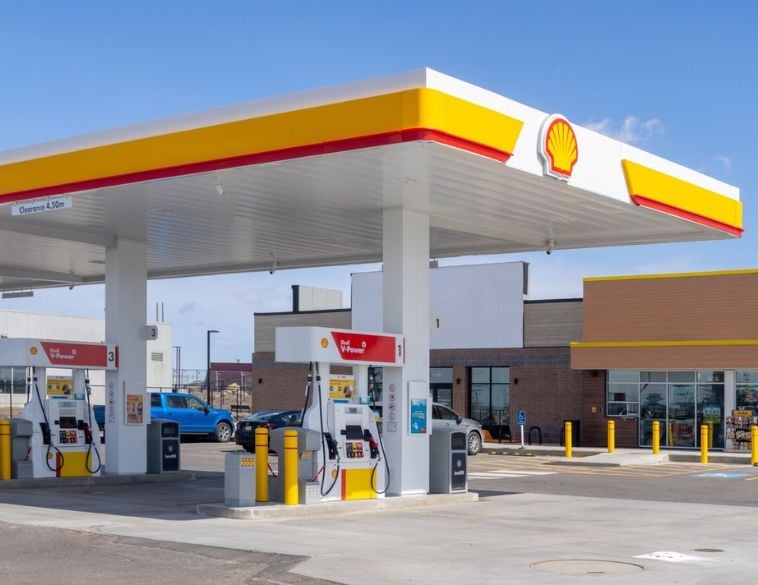The Cold Facts about EVs and Cold Weather.
After a little time away, I am back, and this is the first article in the series for 2023.
As I write this article it is still March 2023. At the start of the month, Southern Ontario was hit by a major snowstorm that produced up to 30 cm of snow in Toronto. Facing challenges to clear the snow, Toronto declared a “major snowstorm condition”. This is Canada in winter; these things happen.
Snow accumulation on roadways increases rolling resistance for motor vehicles. EVs depend on low rolling resistance to achieve their promised range. Snowy roads reduce EV range.
Record lows
In early February, Southern Ontario experienced extreme cold. On February 3rd, Toronto awoke to a low of -17 °C. February 4th produced record lows, including -33.1°C for Ottawa, -33.3° C for Sudbury, -35.3° C for Brockville and -36° C for North Bay. Eastern Canada also experienced extreme cold.
Cold weather has a negative effect on EV batteries. The range is reduced and charging times increase. In extreme conditions, batteries may not charge. EVs lose up to 30% of their range when temperatures dip below freezing, with greater range loss in extreme cold. At -15° C some EVs lose over 40% of their range, with one test result showing an EV only capable of achieving 54% of its rated range.
An ICE powerplant generates heat. This heat is harvested to warm the cabin. With an EV, the electric cabin heater draws power from the battery. At -15° C, some EVs use up to 50% of the battery’s output to heat the cabin and run accessories, thus leaving only 50% of the battery output to drive the wheels.
These tests were done on new EVs, not 5-year-old EVs. Age degrades EV batteries. After five years, battery degradation reduces the range by 10% or more.
Distance matters
Despite the cold facts above, EV owners living in major metropolitan areas feel range anxiety is not valid, because they drive shorter distances and enjoy growing public charging infrastructure. Prior to the pandemic, the average Toronto driver did 14,186 km in 2019. Allowing for vacation and other days where the car is not driven, the average Toronto driver drove less than 400 km per week or less than 70 km per day. This erases range anxiety as the average EV, even in winter conditions, will handle more than their daily driving distance.
However, let’s say you live in Brockville where 84% of the population commutes via automobile. Around 27% commute to another municipality, 15% commute more than 30 minutes, with 6% commuting more than 60 minutes. Your commute to Kingston is 55 minutes and 85 km; 170 km roundtrip per workday.
In 2018, you bought a new Nissan LEAF for $35K (50% more than an ICE Sentra) with a claimed range of 242 km. Good for your commute, and you have access to a charging station at work. After five years of battery degradation, the range is down 10% to 218 km. Extreme cold, -35° C, has further reduced the range by 50%, to 109 km. You get to work that extremely cold day to find the charging station not working, and you only have 24 km of range left. You must find a Level 3 public charging station where, in “optimal weather”, it will take 30 minutes to give you about 140 km of range, but this is not an optimal weather day, so charging will take a lot longer.
Luckily, on this day, you are only dealing with extreme cold and not a major winter storm that knocked out power lines, causing blackouts. You can’t charge your EV in a blackout. How do you feel about range anxiety now?






 BROSSARD
BROSSARD Permanent
Permanent

